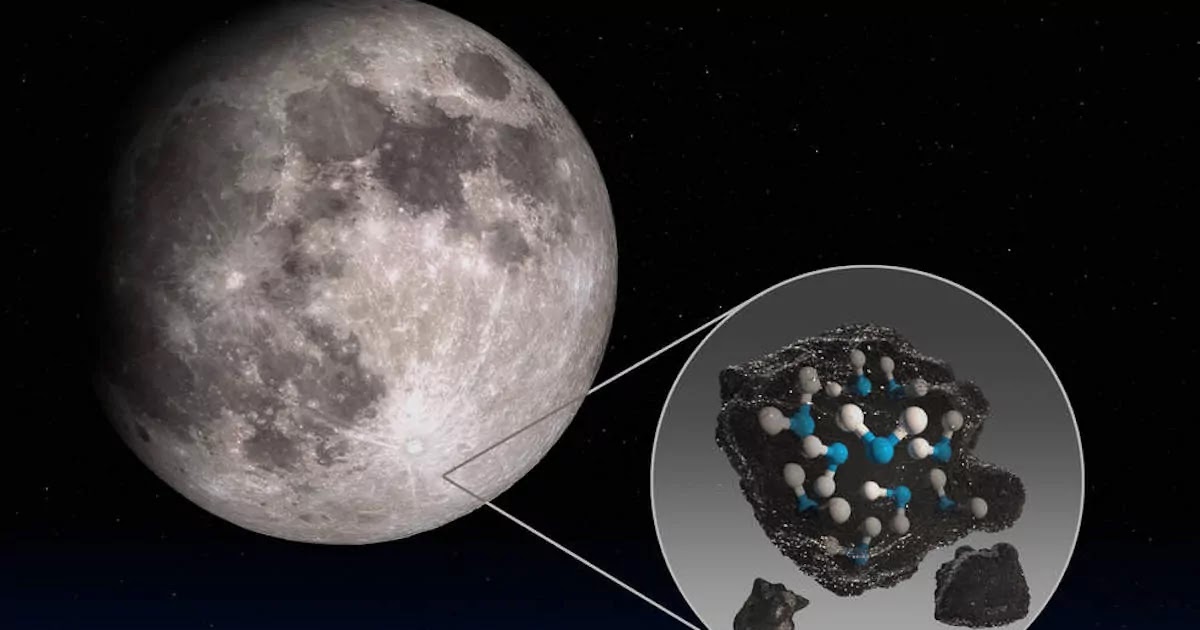
Photo: NASA
In a discovery that will go down in human history, water has been found on the surface of the Moon. The amazing discovery was made by NASA's Stratospheric Observatory for Infrared Astronomy (SOFIA) earlier this month and will completely change how we view our lunar neighbour.
The water was discovered by SOFIA in the Clavius Crater, which is visible with the naked eye from Earth's surface, and revealed water trapped within the Moon's surface soil. Up to this point, scientists had believed that water could not exist on the Moon as it would simply float off into space. Certainly, the Moon landings by US astronauts up to this point seemed to indicate no presence of water. This discovery shows that something must be producing the water and that something else must be trapping it there.
While this isn't vast oceans of water, or even little pools, in fact, the Sahara desert is thought to have 100 times more water per square inch than the area of the Moon observed, it still leads scientists to believe that there is something happening within the geology and structure of the Moon that is completely unbeknownst to us.
Paul Hertz, director of the Astrophysics Division in the Science Mission Directorate said of the discovery:
"We had indications that H2O – the familiar water we know – might be present on the sunlit side of the Moon. Now we know it is there. This discovery challenges our understanding of the lunar surface and raises intriguing questions about resources relevant for deep space exploration."
SOFIA, the tool used to discover the water, is a repurposed Boeing 747 aeroplane that flies at 45,000 feet and is attached with a 106-inch diameter telescope. Flying at such a height allows the telescope to avoid the atmospheric interference a ground based telescope would encounter.
Naseem Rangwala, SOFIA's project scientist at NASA's Ames Research Center, said in a statement:
"It was, in fact, the first time SOFIA has looked at the Moon, and we weren't even completely sure if we would get reliable data, but questions about the Moon's water compelled us to try. It's incredible that this discovery came out of what was essentially a test, and now that we know we can do this, we're planning more flights to do more observations."
Several theories already exist as to what is causing the water to appear on the Moon's surface. Possibilities include small meteorites covered in water falling on the surface and becoming trapped, or that the Sun is pushing hydrogen onto the Moon's surface where it is then reacting with oxygen deposits to create the water. Why the water doesn't all evaporate is another mystery.
The discovery fuels the prospect that, however small the deposits might be, that humans could use the water to fuel space journeys or even make life or long-stays upon the Moon a more realistic possibility. In such a scenario, the Moon could also act as a stop-off point for deep-space exploration.
If our nearest celestial neighbour can throw up such unexpected surprises, it demonstrates how little we know about space and what unbelievable unknowns are still out there.













COMMENTS